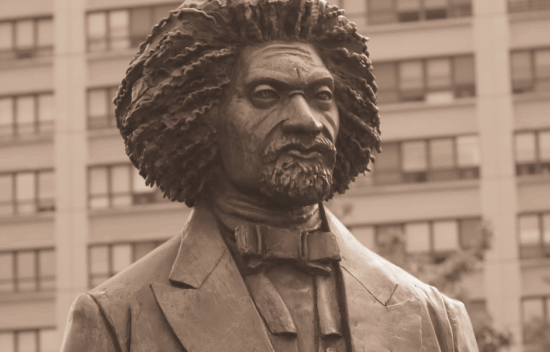
Abolition Views Sorting
Lesson Components
Abolition Views Sorting Primary Source SetGuiding Question
- What did Americans think about slavery in the nineteenth century?
Objectives
Students will…
- Analyze primary sources to identify different perspectives on slavery in the nineteenth century.
- Sort individuals and groups into categories based on their stance toward abolition or slavery.
- Use evidence from primary sources to justify their classification choices.
- Develop historical thinking skills by identifying point of view and historical context.
Student Resources:
Teacher Resources:
- Chart paper and markers for group work
Engage
- Glossary term(s): Abolition
- Transition: “Before we jump into these sources, let’s think about what it means to take a stand. Imagine there’s an issue today that you care deeply about-how do you show your support or opposition?”
- Lead a brief class brainstorm on modern issues where people have strong, opposing views. This sets the stage for understanding historical divisions.
- “Just like today, people in the 1800s used speeches, court cases, and declarations to make their voices heard. Now let’s look at what they said about an issue that led to Civil War-Slavery and Abolition.”
Explore
- Glossary term(s): Petition, Sentiment
- Divide students into groups of 2-4.
- Distribute the primary source set and sort cards, chart paper, and markers to each group.
- Instruct each group to create a T-chart labeled “In Support of Abolition” and “In Support of Slavery.”
- Students read the primary sources and sort individuals and groups into the appropriate side of the chart based on their views.
- Some sort cards-such as the U.S. Supreme Court card-may be more challenging for students to categorize based on the information provided. For example, the Court ruled 7-2 in Dred Scott and 7-1 in Amistad. These decisions appear contradictory, which can make it unclear on how to sort the card.
- Rather than guiding students toward a single “correct” answer, use this opportunity to invite discussion and critical thinking. Encourage students to wrestle with the complexity of historical events and decisions by posing open-ended, probing questions such as:
- How are the rulings in Amistad and Dred Scott different? Are there any similarities?
- Why might the Court have ruled differently in 1841 compared to 1856?
- How do the cases differ in terms of the status, background, or experiences of the enslaved people involved?
- Can you sort the Supreme Court card based on the information you have? What additional information would help you make a more informed decision?
- Rather than guiding students toward a single “correct” answer, use this opportunity to invite discussion and critical thinking. Encourage students to wrestle with the complexity of historical events and decisions by posing open-ended, probing questions such as:
- Some sort cards-such as the U.S. Supreme Court card-may be more challenging for students to categorize based on the information provided. For example, the Court ruled 7-2 in Dred Scott and 7-1 in Amistad. These decisions appear contradictory, which can make it unclear on how to sort the card.
Scaffolding Note: Add a third column for “Mixed or Unclear Views” to promote deeper analysis or add support.
Assess & Reflect
- Justification
- Students choose one individual or group from the T-chart and write a short explanation of their classification. Their explanation should reference at least one piece of evidence from the primary sources.